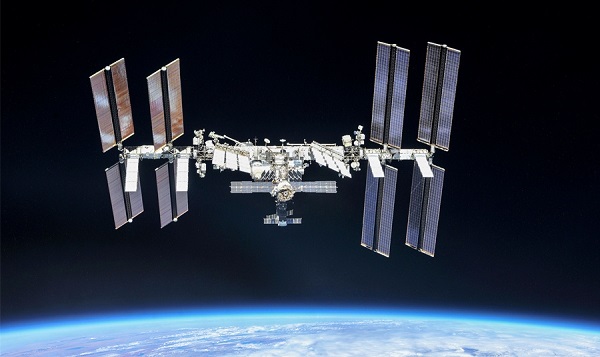London, (Asian independent) A team of researchers, including one of Indian origin, has designed a state-of-the-art walking robot to revolutionise large construction projects in space.
In a study, published in the journal Frontiers in Robotics and AI, the research team said they tested the feasibility of the robot for the in-space assembly of a 25m Large Aperture Space Telescope.
“We need to introduce sustainable, futuristic technology to support the current and growing orbital ecosystem,” said co-author Manu Nair from the University of Lincoln.
“As the scale of space missions grows, there is a need for more extensive infrastructures in orbit. Assembly missions in space would hold one of the key responsibilities in meeting the increasing demand,” Nair added.
In this study, the team introduced an innovative, dexterous walking robotic system that can be used in orbit assembly missions. As a use case, the researchers tested the robot to assemble a 25m Large Aperture Space Telescope (LAST).
The researchers proposed a seven degrees-of-freedom fully dexterous end-over-end walking robot (a limbed robotic system that can move along a surface to different locations to perform tasks with seven degrees of motion capabilities), or, in short, an E-Walker.
They conducted an in-depth design engineering exercise to test the robot’s ability to efficiently assemble a 25m LAST in orbit.
The robot was compared to the existing Canadarm2 and the European Robotic Arm on the International Space Station. Additionally, a scaled-down prototype for Earth-analog testing was developed and another design engineering exercise was performed.
“Our analysis shows that the proposed innovative E-Walker design proves to be versatile and an ideal candidate for future in-orbit missions. The E-Walker would be able to extend the life cycle of a mission by carrying out routine maintenance and servicing missions post assembly in space,” Nair said.








